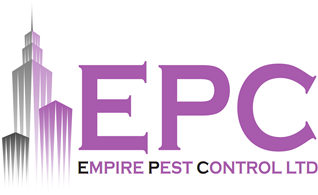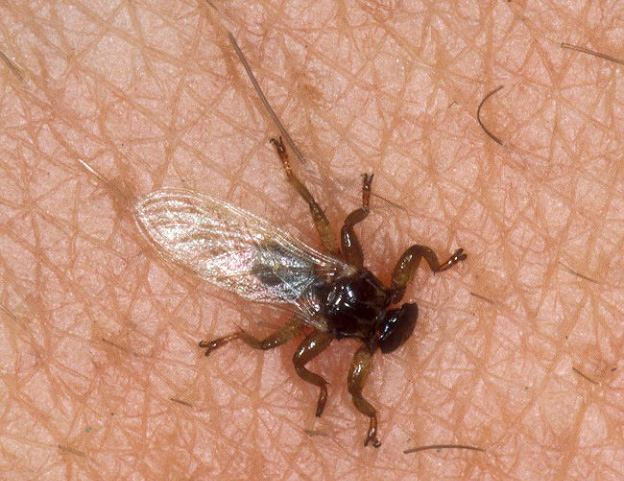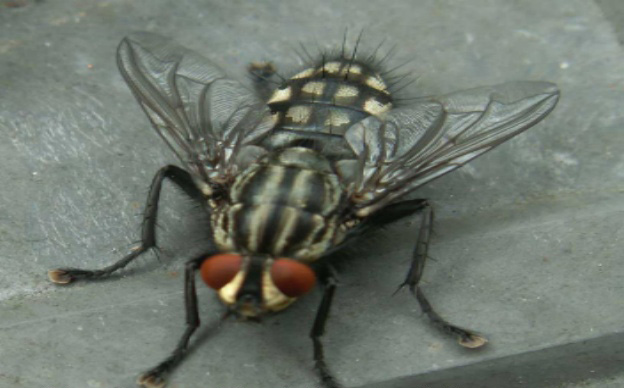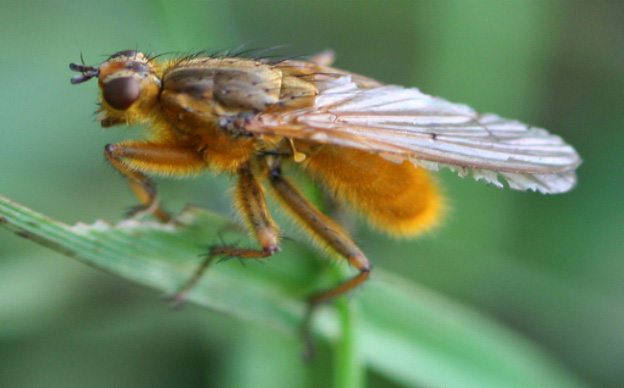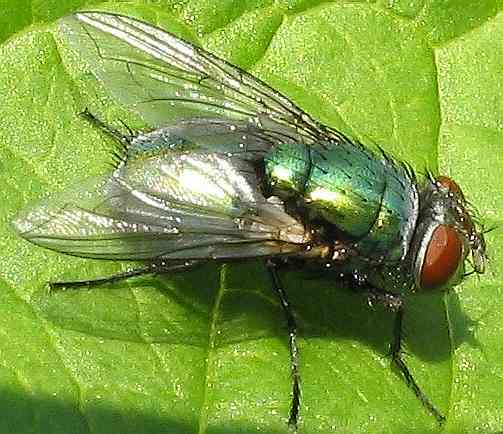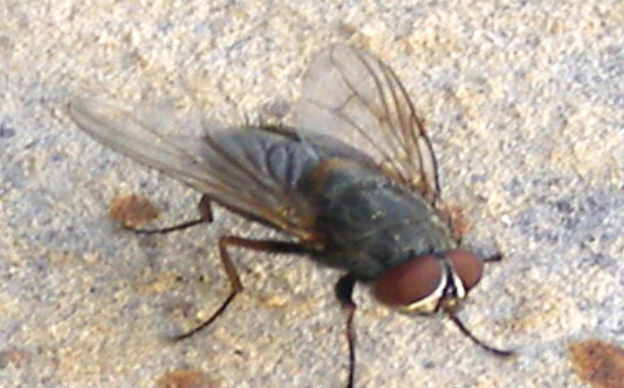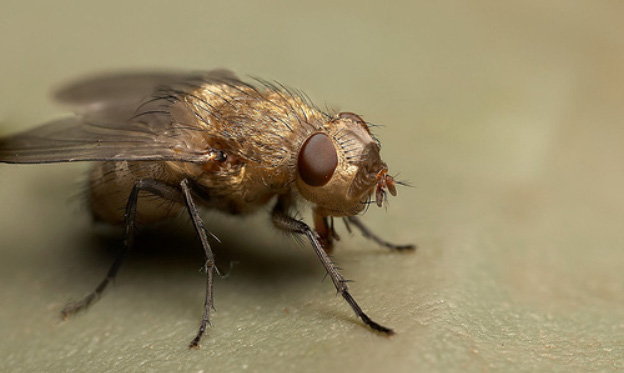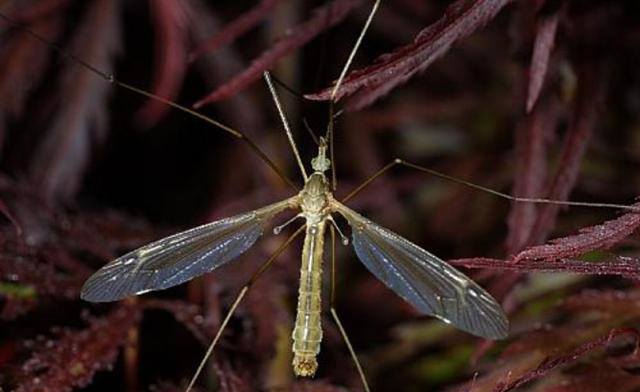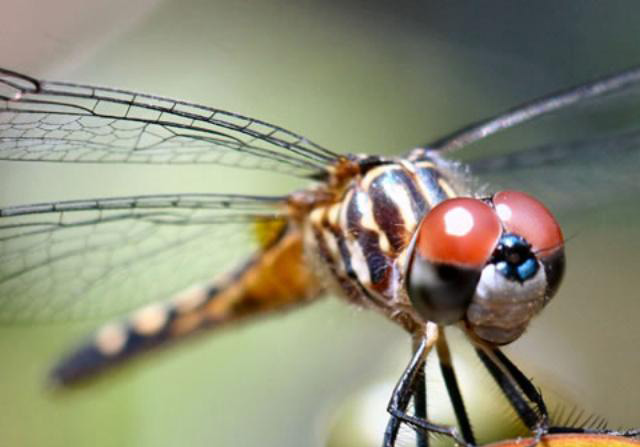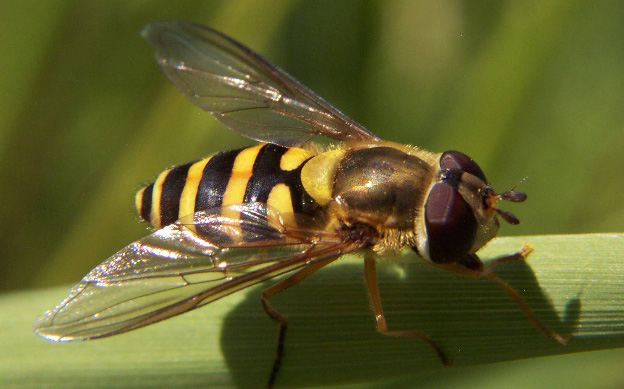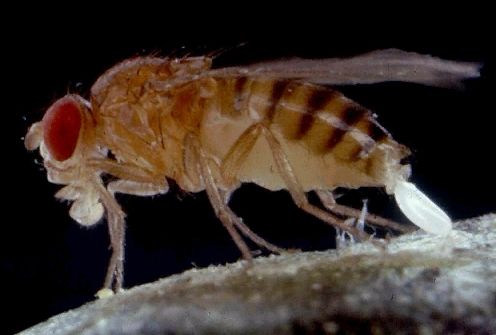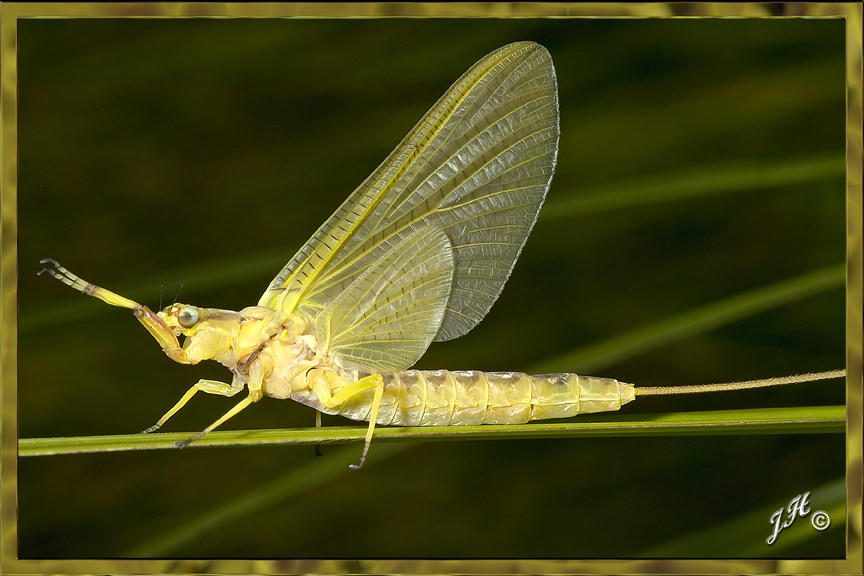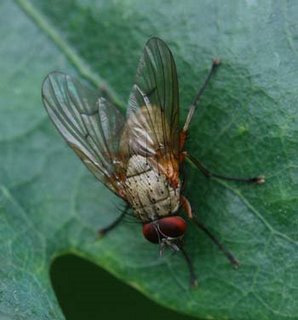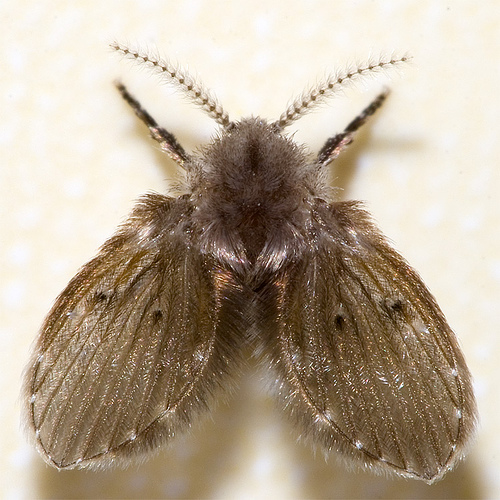Aphids, also known as greenflies, are small plant-eating insects, and members of the superfamily Aphidoidea. Aphids are among the most destructive insect pests on cultivated plants in temperate regions. The damage they do to plants has made them enemies of farmers and gardeners the world over, but from a purely zoological standpoint they are a very successful group of animals.
Size, Shape and Colour: Most aphids have soft, green bodies. Aphids have antennas with as many as six segments. Aphids feed themselves through sucking mouthparts called stylets, enclosed in a sheath called a rostrum. They have long, thin legs and two-jointed, two-clawed tarsi. Most aphids have a pair of abdominal tubes through which they exude droplets of a quick-hardening defensive fluid cornicle wax. Aphids have a tail-like protrustion above their rectal apertures. They have two compound eyes, and an ocular tubercle behind and above each eye, made up of three lenses.
Biology: The Green Fly lay eggs throughout the summer, producing multiple generations that typically live 20 to 40 days. Therefore one female hatched in spring may produce many billions of descendants.
Preferred Foods: Aphids feed by sucking out the plant’s sap, causing deformed or stunted plant growth, damaged fruits and flowers, and curled leaves, sometimes with galls and blisters.
Habitat: Greenfly are one of the more common garden pests. They are small green fly-like insects which live on the undersides of leaves where their numbers increase rapidily in warm weather. They attack a very wide range of plants both in the garden and indoors.

